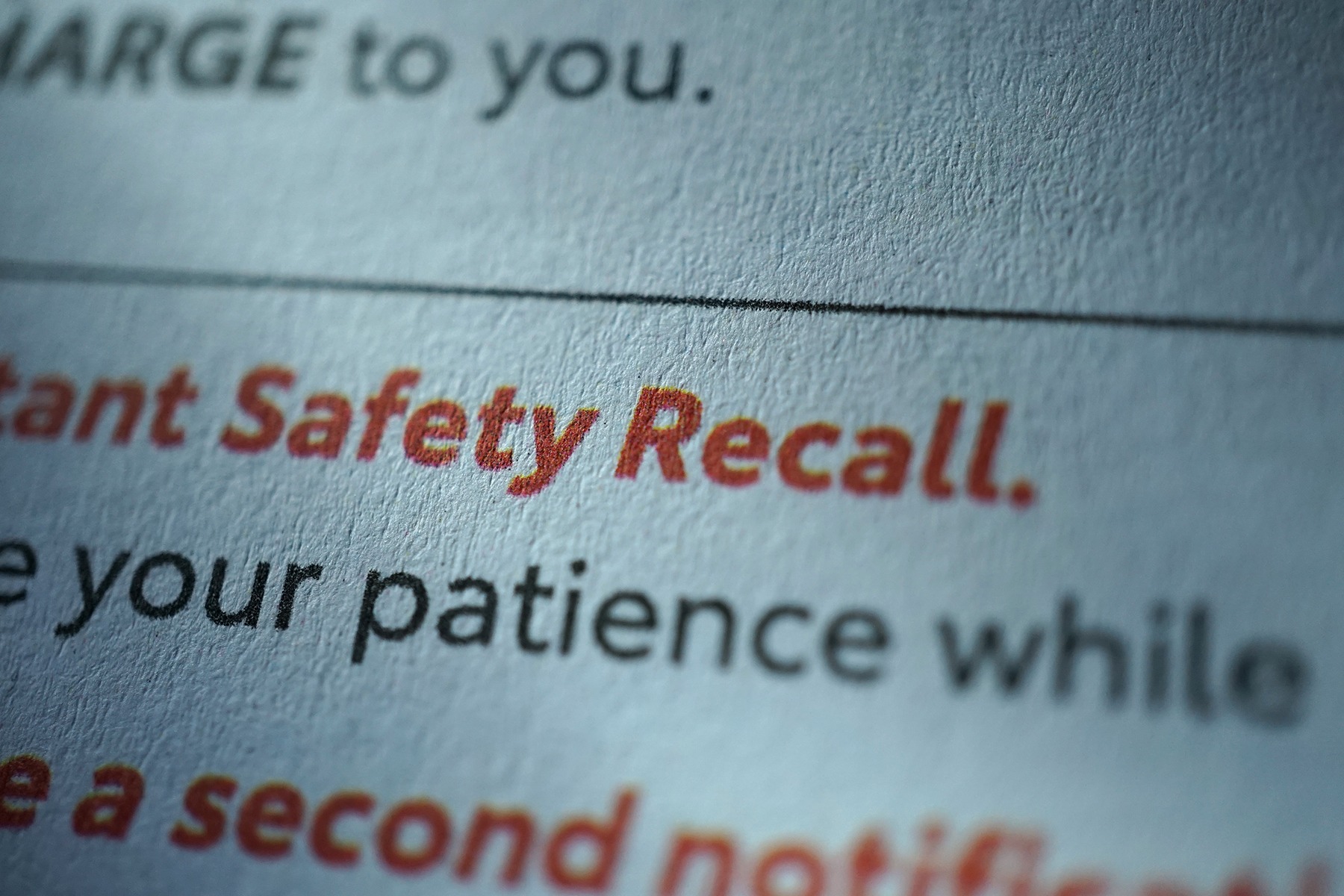In this guide, we’re answering the question, “What is the cost of poor quality,” and explaining how to avoid it. By understanding and mitigating COPQ, organizations can enhance their competitiveness, improve customer satisfaction, and ultimately bolster their bottom line.
What is the Cost of Poor Quality (COPQ)?
The cost of poor quality (COPQ) involves the financial loss experienced by an organization due to providing poor-quality products or services to customers.
We can divide COPQ into two distinct categories:
- Internal failure: This is the cost of finding product or service defects before delivery to the customer. It can include costs associated with rework, scrap, and warranty claims.
- External failure: This is the cost that results from the customer rejecting the product or service after receiving it. It can include product recalls, lost sales, and reputational damage costs.
Some of these costs are visible, including the cost of warranty claims, replacement products, and the time and resources needed to repair the products. Other costs, such as the loss of goodwill, are hidden and can be harder to notice.
The Impact of Poor Quality on Businesses
Most people think financial loss is the main way poor quality can affect organizations. However, financial loss is only a small part of the impact of poor quality. The long-term effects on brand reputation and customer loss can affect an organization for years.
One prominent example of the potential impact of poor quality is from 1971 when Ford’s newest automotive design, the Pinto, sold millions of units. But a few years later, lawsuits began to emerge about a structural design fault. It turned out that the fuel tank was too close to the rear bumper, so collisions often resulted in fires. Ford’s reputation suffered irreparable damage, and it had to recall 1.4 million Pintos and pay millions due to claims from fires.
Quantifying the Cost of Poor Quality
The cost of poor quality can be measured by adding up the cost of internal and external failures. Organizations must quantify the cost of poor quality to understand how to improve the manufacturing process to reduce lead time and overall manufacturing cost and increase customer satisfaction.
Strategies to Minimize the Cost of Poor Quality
Organizations can implement several key strategies to minimize the cost of poor quality.
One of these strategies is implementing a quality management system (QMS) to help identify and address issues earlier in production. Doing so promotes continuous improvement and reduces the likelihood of products needing to be completely reworked later in the process, making issues less likely to affect customers.
Prioritizing staff training and development is another key way businesses can maintain quality and reduce the COPQ, as it will help staff understand the importance of quality and make them less likely to cut corners.
Improving Quality with a QMS
Organizations can use QMS systems like ETQ Reliance to improve quality and reduce the likelihood of having to scrap or rework products or provide refunds to customers by delivering a comprehensive, data-driven view of the business.
This solution helps managers gain visibility into business areas costing more than they should be and allows them to take informed action to address these issues.
It also automates processes that would typically be done manually, such as paper and spreadsheet-based tasks, which increases productivity by freeing up workers to do other, more important tasks, such as analyzing this data.
Avoid the Cost of Poor Quality with ETQ Reliance
Poor quality can significantly impact organizations by resulting in a loss of earnings and a worse brand reputation. Organizations can reduce the cost of poor quality by investing in a quality management software, such as ETQ Reliance.
Consult an expert to learn more about how a QMS can help your organization reduce the costly effects of poor quality.


